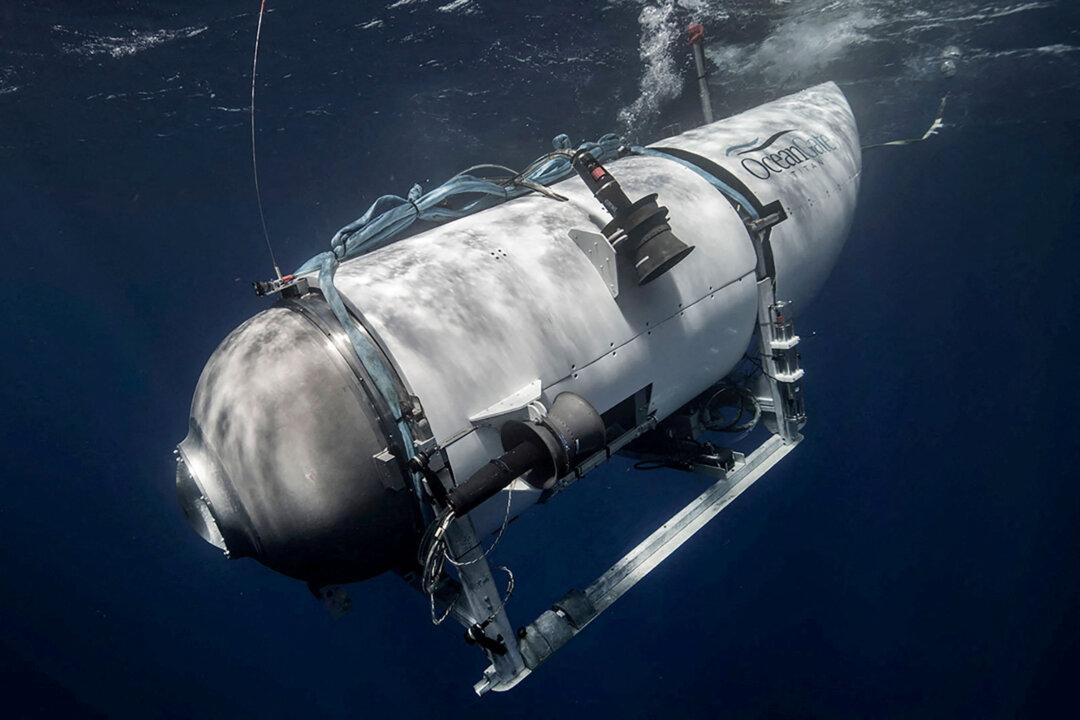The Royal Canadian Mounted Police (RCMP) will be doing a preliminary investigation into the deaths of five passengers aboard the Titan, an underwater Titanic tour submersible, while the Transportation Safety Board of Canada (TSB) is also investigating the events leading to what officials believe was the sub imploding on June 18.
“There’s no suspicion of criminal activity per se, but the RCMP is taking initial steps to assess whether or not we will go down that road,” Newfoundland and Labrador RCMP Superintendent Kent Osmond said at a news conference on June 24.





